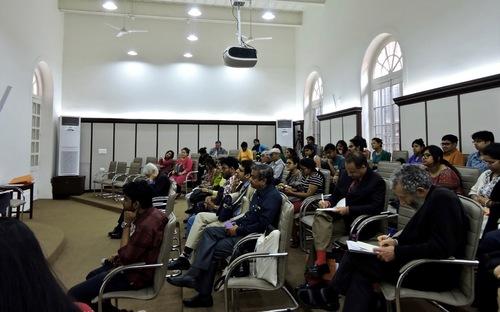Companies testing self-driving cars, like Google, love to boast that the new technology is already safer than human driving. When the statistics bear out the claim, it’s commonly assumed that machines cause fewer accidents owing to caution and the lack of human recklessness instead of agility and driving prowess.
But experimental designs can already make daring maneuvers outside of the capability of most drivers, and it’s not difficult to imagine a future where machine driving outpaces human steering in all respects.
On Oct. 20, Stanford University unveiled a modified 1981 DeLorean that could drift, a flashy move usually found in professional motorsport, without human guidance, making doughnut-shaped skid-marks across an empty lot. Drifting is when a car makes a turn so sharp that the back-wheels of the vehicle skids in the opposite direction of where the front-wheels are pointing.
The engineers that designed the car were motivated by the need for autonomous vehicles to have access to the full range of driving maneuvers that were capable of preventing car accidents, including maneuvers that are impossible to perform on most vehicles due to the prevalence of electronic stability control (ESC), which automatically applies brakes to a car when it’s skidding.
The ESC safety mechanism, which was popularized in the mid-1980s, has the drawback of limiting cars from making extremely sharp turns, which often result in skidding.




